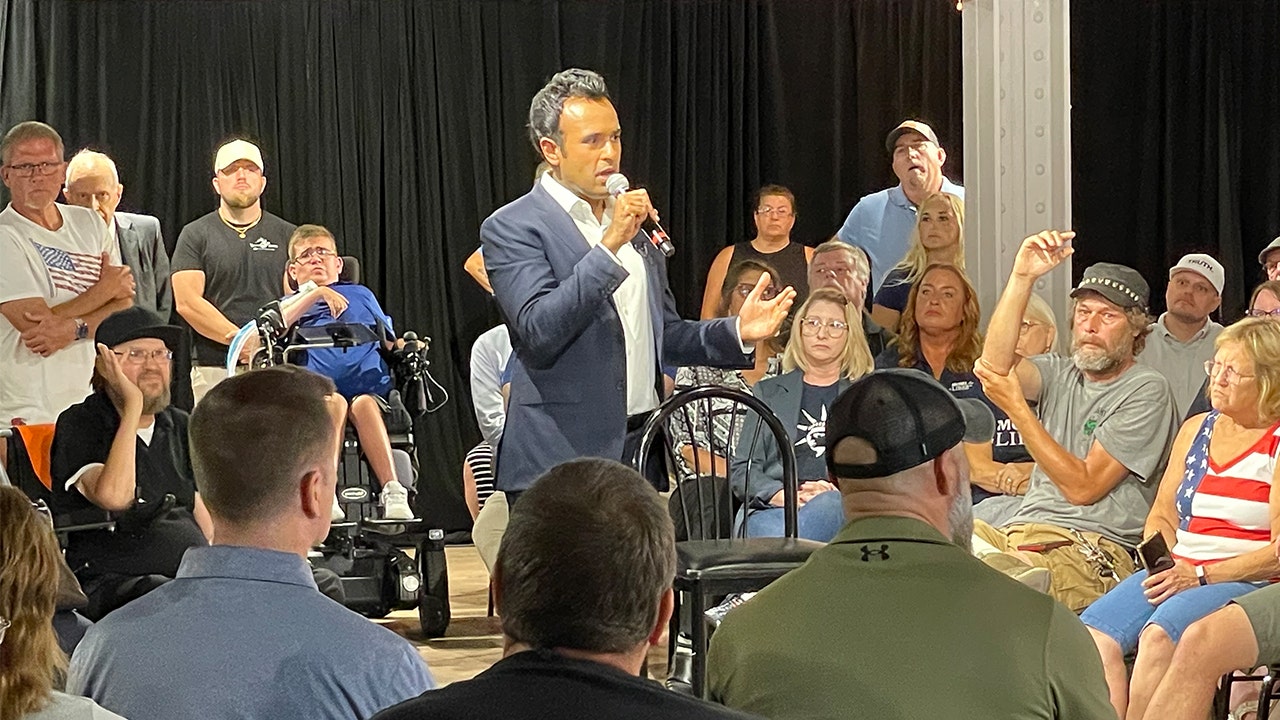Zoomers are seemingly rewriting the teenage rite of passage script, opting for tech over tires as they steer a cultural shift away from the traditional rush to the open road.
New research from MarketWatch Guides found that the youngest group of drivers – ages 19 and under – make up only one in 25, or approximately 3.6%, of licensed drivers in the U.S. Taking all drivers under age 25 into account brings the combined percentage to 11% of the driving force.
Drivers aged 30-34, meanwhile, are most likely to be behind the wheel, their overall percentage coming to 9% across that 4-year age span alone.
The study provided to Fox News Digital sourced the percentage of licensed drivers according to different age categories as of 2022, pulling data from the U.S. Department of Transportation Federal Highway Association’s data on highway statistics.
DRIVING DANGERS: 9 TOP DISTRACTIONS THAT CONTRIBUTE TO ACCIDENTS, ACCORDING TO EXPERTS
Gen Z could have many potential hangups about driving, ranging from anxiety to financial burdens. (iStock)
Is the ever-increasing access to rideshare apps and public transit at our fingertips, the reluctance to take on additionally cumbersome expenses on top of student loan debt, or perhaps even Gen Z’s tendency to push back against tradition to blame for the shift?
David Straughan, a senior automotive journalist and researcher at MarketWatch Guides, weighed in during a recent interview with Fox News Digital.
“When you think about how deeply tied automobiles and driving are to American identity and to American culture, I think that it is actually a pretty seismic thing and suggests that there are some very major changes happening culturally,” he said.
In the past, getting a license at 16 was an integral milestone in the journey toward adulthood, but 2021 data from the Federal Highway Administration indicated the percentage of 16-year-olds who held a license had dropped to 25% from 46% in the ’80s.
“I think that [for Gen Z] mainstream driving culture may not have been as important or seen as much as something that you just do when you turn a certain age,” Straughan said. “For that reason, I think Gen Z seems to be a little bit more willing to question these kinds of things.”
ALARMING NEW TREND IS EMERGING AS YOUNGER AMERICANS ESCHEW ALCOHOL ON DATES, GO MORE FOR CANNABIS
David Straughan, a senior automotive journalist and researcher at MarketWatch Guides, said financial issues could be behind some of the reluctance younger Americans have for driving. (iStock)
Finances also play a role in today’s cultural climate, as younger Americans accumulate more student loan debt than earlier generations, plus costs associated with technology and skyrocketing living expenses could mean younger Americans are looking for ways to cut back where they can.
“I think finance plays a very, very large role in this,” Straughan said. “Driving a car, owning a car, keeping a car, maintaining a car. All aspects of having a car are very expensive. If you cut out that expense, it can literally be life-changing.”
At the same time, car repair costs are on the rise, meaning a simple fender bender could also break the bank.
In cities, would-be drivers can hop on a bus, flag down a cab or request an Uber to get where they need to go.
When broken down at the state level, data on America’s drivers offers another interesting implication. U.S. states with larger populations have larger quantities of drivers, but, accounting for population difference, the study insists Iowa has the largest percentage of young people on the road – particularly under 19 – followed by South Dakota and Utah.
ONE IN SIX TEENS ADMITS TO DROWSY DRIVING, SURVEY FINDS: IT’S ‘IMPAIRED DRIVING, UNEQUIVOCALLY’
Teenagers have more options for transportation today, depending on their location. In some areas, teens can turn to rideshare apps or public transportation. (iStock)
These states are largely rural, Straughan noted, and are less likely to have access to alternative forms of transportation, meaning to see their friends in person, get to work or get to college classes or school, driving is their most practical option.
Social media access and texting have also eliminated some of the need to meet up with friends to socialize as teens and young adults might have in the past. Even the workforce has changed, with a larger percentage going hybrid or completely virtual since the COVID pandemic.
Mental health could also be to blame. With the “anxious generation” tag getting slapped onto Gen Z increasingly often, on some level, fear of car accidents could also be to blame for the driver dropoff.
“The reality is … tens of thousands of people die every year in car accidents,” Straughan said.
“That was much more of an accepted risk perhaps for previous generations, and I think that it’s very logical to be scared of driving a car … the most dangerous thing most people do is driving to work in the morning and driving home in the evening,” he added.
Taylor Penley is an associate editor with Fox News.




 Video
Video